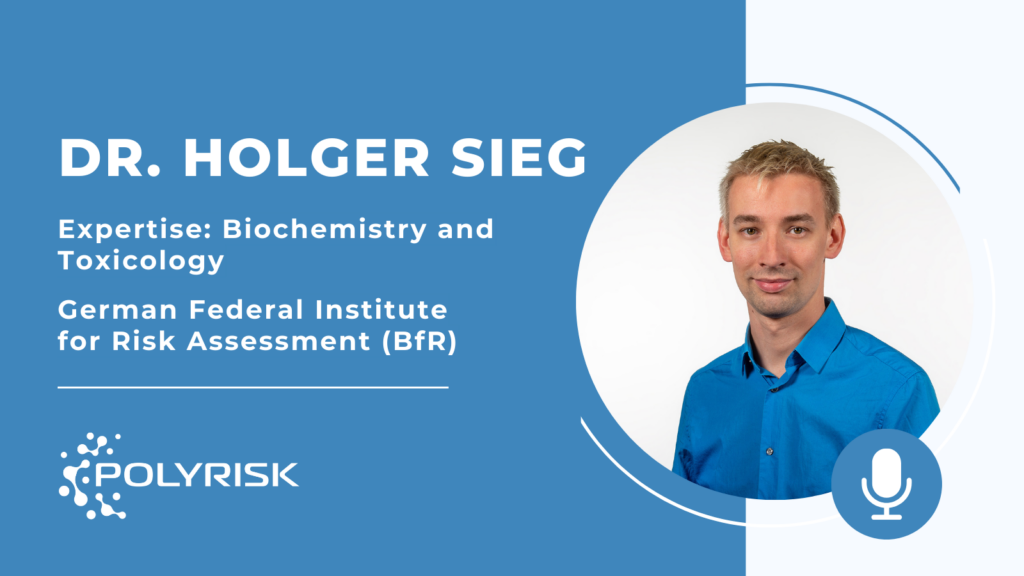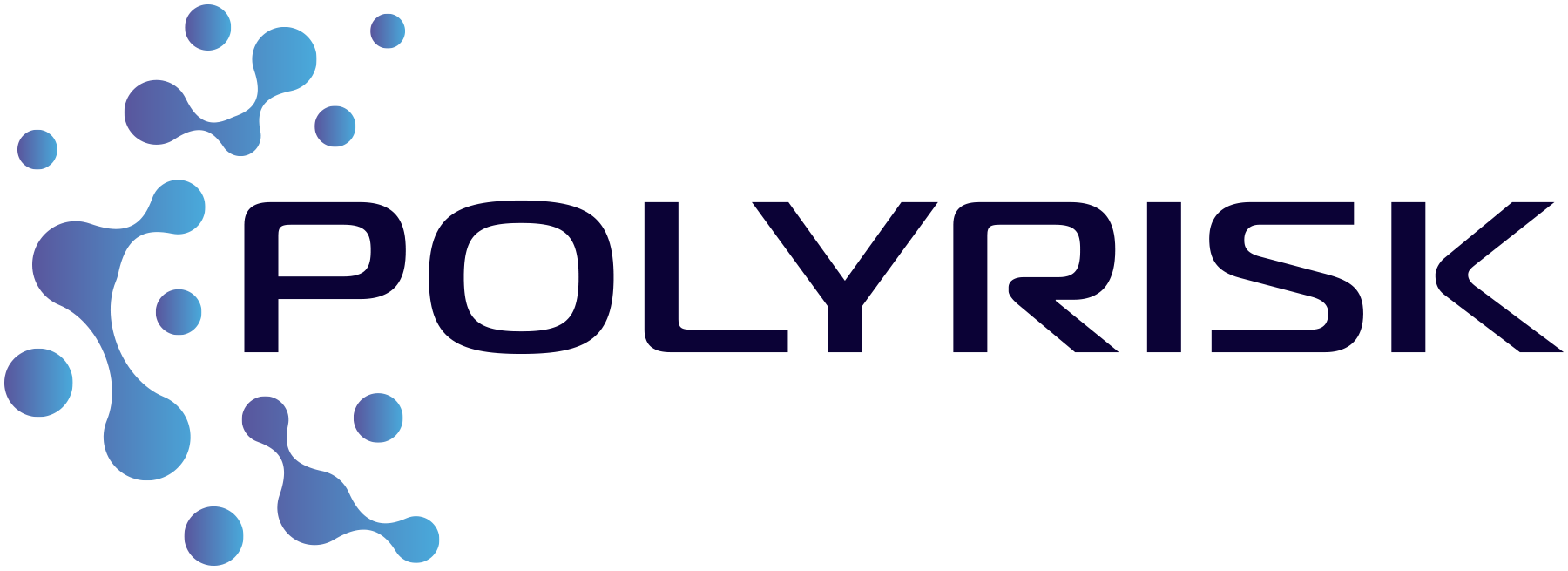
Please tell us a bit about yourself.
I am a Biochemist and Staff Scientist at the German Federal Institute for Risk Assessment (BfR)’s Department of Food Safety, where I am head of the BfR internal working group on microplastics. My role in the POLYRISK project is mostly to contribute to the work under work package four human risk assessment, with a focus on microplastics.
What do you find most fascinating about your work?
I like studying the interaction and function of cellular compounds, particularly regulation and energy transfer. It’s also great to see that in the last 50 years, knowledge in these fields increased significantly. We now understand how proteins interact with each other, how enzymes work, and how all these elements fit into a large overarching system. Also, techniques to look into these mechanisms made big progress. I also really enjoy teaching and interacting with students.
How did you get interested in this specific topic?
I got interested in microplastics after I finished my doctoral thesis at the BfR in the field of nanotoxicology. I was working with aluminium, zinc oxide and other metallic nanoparticles. After that, I became head of the Junior Research Group “Nanotoxicology” at the BfR in the Department of Food Safety. There, my interest in microplastics and organic nanoparticles grew. Meanwhile, public interest in the topic grew as well. So, we started getting involved with research projects, resulting in two PhD theses and many publications.
What have been the biggest challenges in your research so far?
The biggest challenges in the field are related to understanding the physico-chemical properties of micro- and especially nanoplastics. Analysing such particles in terms of bioavailability, toxicology, and consumer protection poses significant challenges due to difficulties in visualisation, their material properties, low reactivity, and complex dose metrics.
What are you looking forward to in the POLYRISK research project?
I like the widespread interests and topics which come together in the POLYRISK project and in the wider CUSP research cluster. Many scientists with very different but complementary interests are interacting and working together. I am sure, many more important findings will be made.
What would you like to see happening within your field in the next five years?
I would like to see progress in imaging techniques. Advancements in label-free imaging in complex matrix would allow us to study particles in their natural environments more effectively. Secondly, I would like to see increasing knowledge in modes of action, direct protein interaction, and toxicology function, along with a better overview of long-term and low-dose effects. This will help us better understand how plastic particles interact with our cells. Moreover, I would like to support a complex and integrated view of these materials, which considers the environment, animal health, consumer protection, and sustainability together.
